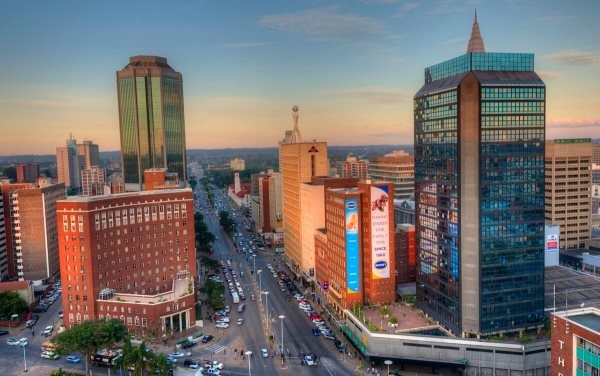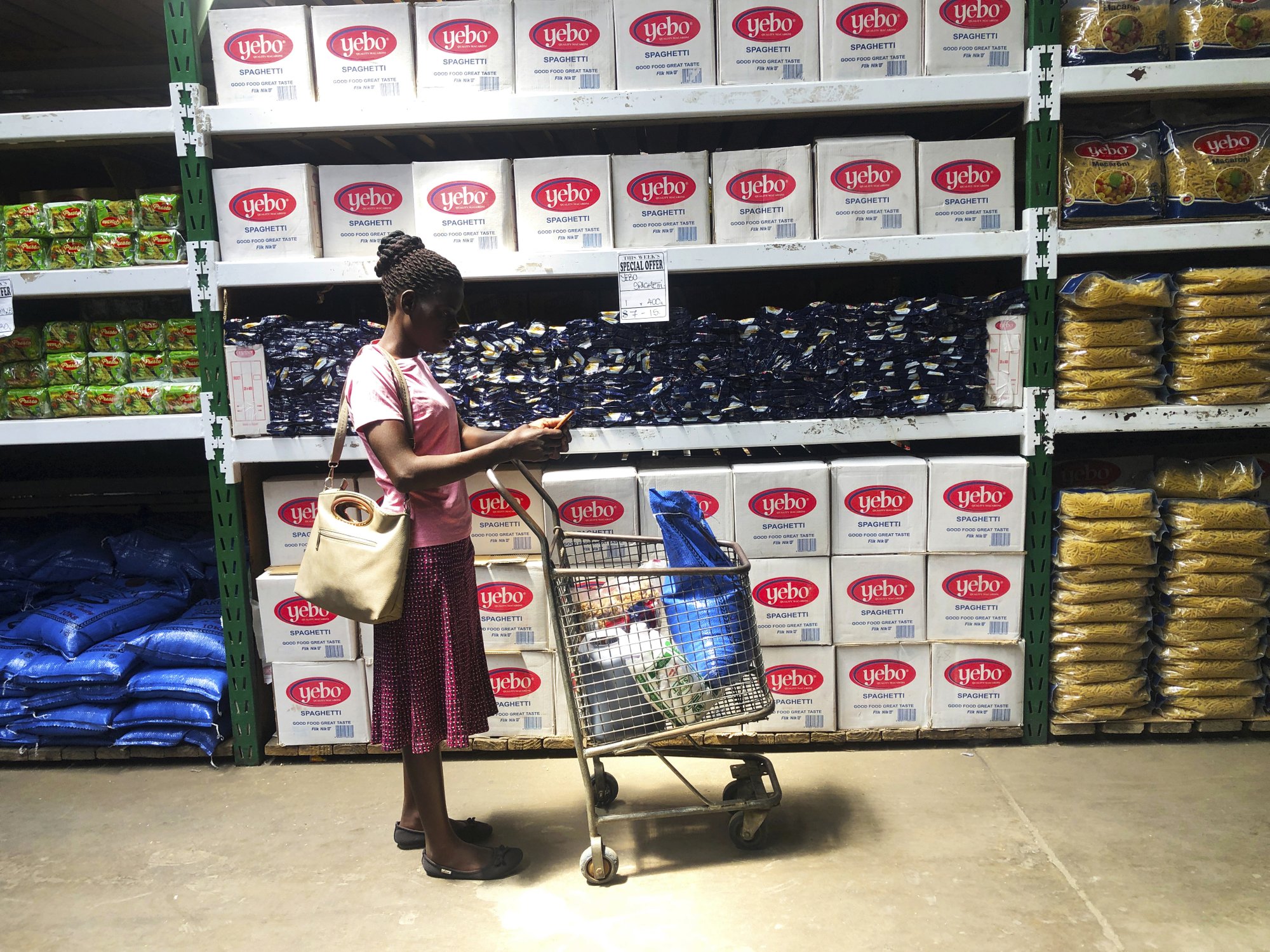Commodities prices coming down?
Retailers have started reviewing prices downwards following a similar move by manufacturers who are reducing prices for goods supplied using forward pricing models, in response to falling consumer demand due to the prevailing liquidity crunch.
Most producers had supplied goods using the forward pricing models to hedge currency depreciation, but interventions by authorities to stabilise the exchange rate and reign inflation have created a liquidity crunch that is diminishing buying power.
Prices that were set using the forward pricing models have put products beyond the reach of many consumers, resulting in retailers and manufacturers holding huge stocks.
Some suppliers are now issuing credit notes to retailers so that they can reduce their prices. A credit note is a document that corrects a mistake on an order or an invoice, or refunds an amount paid for products or services. Retailers are being given a choice either to be refunded or to get products worth the value of the note.
“Retailers are now holding too much stock because no one is buying; it’s a combination of high prices because the suppliers had used forward costing models; and the prevailing liquidity crunch,” said one executive with a leading retail chain.
Policy interventions
Some of the policy interventions by the authorities to stabilise the exchange rate included raising the bank policy annual rate from 80 to 200 percent to curb speculative borrowing, which authorities blamed as the major cause of the inflation surge.
In July the Reserve Bank of Zimbabwe (RBZ) introduced gold coins with a view to providing an alternative vehicle that can be used to preserve value instead of US dollars.
The exchange rate on the black market has been falling while the rate of month-on-month inflation has been falling in the last two months, following a spike in June.
For two months now, the exchange rate on the parallel market has been largely stable, with occasional marginal drops. It is currently between 700 and 750 to the US dollar.
The interbank rate has been gaining and is seen converging with the black market rate.
The liquidity crunch has seen a steep sell-off on the Zimbabwe Stock Exchange, falling 20,34 percent since the beginning of September. Stocks have long been favoured by local investors seeking refuge from the sliding domestic currency and inflation.
“There is no liquidity and people holding stocks are selling,” a Harare-based stockbroker told Business Weekly. Also, in light of high-interest rates, borrowing is curtailed.”
“Demand critically low”
With demand for goods now “critically low” retailers are concerned about “deflation knocking”.
“It’s critical for authorities to increase injection of some liquidity on the market as the economy continues to contract,” Retailers Association of Zimbabwe Denford Mutashu told Business Weekly on Wednesday.
“The economic growth projections may be somewhat a mirage.
The velocity of money is key to any economy thriving to maintain its growth trajectory. There is a need to essentially balance the tight monetary trajectory with a necessity for effective demand,” he said.
Mutashu said customer traffic into formal shops had declined by an average of 35 percent and “it’s a real danger to the fiscus and business survival,” said Mutashu.
Harare-based economist, Victor Bhoroma, said the measures by the authorities yielded temporary price stability.
“It is true that prices are going down, consumer demand for fast moving consumer goods has slumped and the free-market exchange rate has retreated,” said Bhoroma.
“This is largely due to non-payment of government contractors and suppliers and the mopping of excess liquidity by the central bank through daily and weekly Negotiable Certificates of Deposits (NCDs) to commercial banks locally.”
However, he said the Government must provide basic public services and keep the economy running by paying living wages to civil servants, paying suppliers on time, settling debt and provide guarantees to ensure long term funding to public infrastructure construction or maintenance.
“The interventions will not replace the need for a market driven foreign exchange market and the need for the central bank to end all quasi-fiscal operations that lead to untenable money supply growth in the economy. Hence, it is necessary to give it time and assess Government sincerity to critical reforms that bring long term economic stability,” said Bhoroma.
The last Monetary Policy Meeting in August resolved to maintain the tight monetary policy stance to ensure sustained exchange rate
and inflation stability in the economy and keep the bank policy rate at 200 percent per annum and maintaining the medium-term accommodation interest rate at 100 percent per annum.-ebusinessweekly










